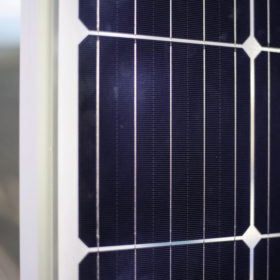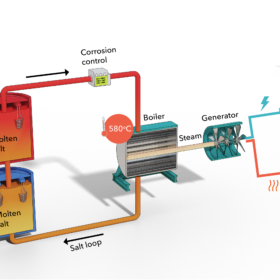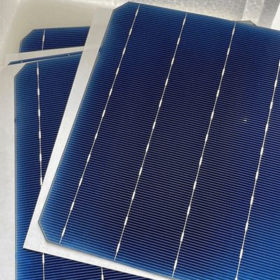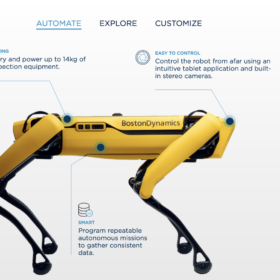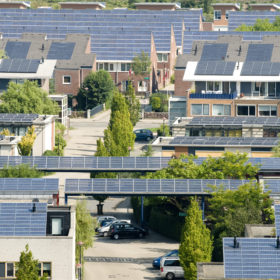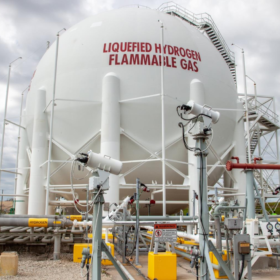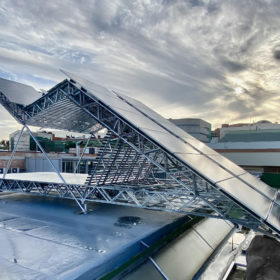Powering up PERC-perovskite tandem cells
Perovskite-silicon tandem cells offer one of the surest pathways to much higher solar efficiencies, one that has moved close to commercialization in the past few years. Much of the work getting to this stage has naturally focused on developing a viable perovskite top cell. Optimizations to the silicon layer underneath, however, will also be important to the overall device function and efficiency. Scientists in Germany examined five different silicon cell concepts similar to those in mass production today, finding that with a few optimizations these could reach efficiencies up to 30.4%.
Iberdrola moves forward with Portugal’s largest pumped-hydro storage project
The Spanish energy company is building a huge hydropower complex across three water reservoirs in northern Portugal. The project will rely on 880 MW of pumped-hydro storage and is expected to become fully operational in 2024.
Storing solar power with grid-scale molten hydroxide
Seaborg Technologies, a Danish manufacturer of molten salt nuclear reactors, has turned a technology that was originally developed for nuclear power into a large-scale storage solution for wind and solar. It has developed a storage system that uses renewable energy to heat salt with electrical heaters, based on two-tank molten salt storage designs developed for concentrated solar power plants.
German consortium develops 19.7%-efficient PERC solar cells made of recycled silicon
Led by German research institute Fraunhofer ISE, the consortium has built the solar cells with 100% crystalline silicon recycled from end-of-life photovoltaic panels. The silicon is recycled through a technique conceived by German specialist Reiling GmbH & Co. KG and the Fraunhofer Center for Silicon Photovoltaics CSP.
Robot dog for PV plant monitoring
Spanish renewable energy company Acciona is using a robot dog, instead of drones, to monitor a solar park in northern Chile. The device has a built-in thermal vision system that generates thermographic reports on the status of the different PV plant components, as it walks between the panel rows following a programmed route.
Taiwan sets solar FITs for 2022
The new feed-in tariffs range from NT4.0031 ($0.14) to NT5.8952 ($0.21) per kWh. PV systems of all types will be applied a grid tariff of NT0.0656 ($0.002)/kWh and the funds raised through this fee will be used to set up a PV module recycling scheme.
Italian region devotes €22 million to ‘energy communities’
Italy’s Lombardy region will use €22 million to build up to 6,000 “energy communities,” for a total installed capacity of up to 1.3GW.
Large-scale storage options for compressed hydrogen
Researchers from Finland and Sweden have reviewed different ways to store compressed gaseous hydrogen, including storage vessels, geological storage, and other underground options.
EBRD and pensions investor announce €500m, five-year climate package
The ILX pension fund investor set up with the backing of German, Dutch and British public money has committed to join the EBRD in providing the finance for climate-related investment across the lender’s sphere of influence.
Reversible photovoltaic shade under the Madrid sky
The 8 kW photovoltaic shade was deployed on the outdoor rest area of a commercial building located in the northern part of Madrid. It was built with conventional solar modules provided by JA Solar and a structure made with light galvanized steel profiles for plasterboard partitions.
